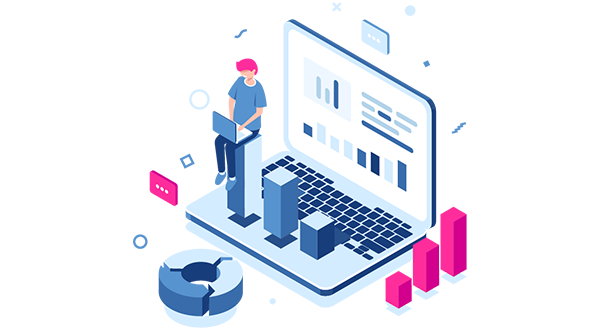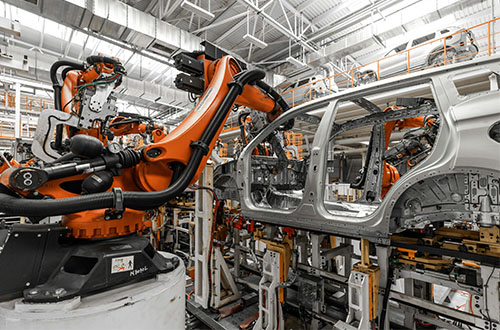

Mlogica Thought Leaders: Is Mainframe Modernization the Spark That Ignites Digital Transformation?

Brendan Hickey, mLogica V.P. of Commercial Sales for U.S. and Canada
The business landscape is undergoing ever-accelerating progress toward modernization, with enterprises making greater leaps to align mission-critical processes with modern technologies such as cloud computing, data analytics, IoT and more. Organizations worldwide see this transition as the only way to become more agile, efficient and competitive.
Mainframe modernization is one such emerging digital phenomenon. For decades, enterprises both private and public have depended on mainframes. However, the luster of the big iron is fading in recent years due to the mounting operational challenges and skyrocketing costs of data center-based mainframe systems. By modernizing, companies aim to free themselves from these constraints and future-proof their business by gaining fast access to new technologies as they emerge.
Is Mainframe Modernization the Same as Digital Transformation?
There’s no doubt mainframe modernization is a savior for organizations aiming to stay sustainable and competitive now and into the future. But how does this process fit into the overall framework of digital transformation?
As defined by the Enterprisers' Project, digital transformation is "the integration of digital technology into all areas of a business, fundamentally changing how you operate and deliver value to customers. It's also a cultural change that requires organizations to continually challenge the status quo..."
How critical is mainframe modernization to this process? The four main pillars of digital transformation are:
- Improved customer experience
- Optimized data and analytics
- Business model transformation
- Streamlined digital operations
All these require the capability to intake hyperscale data, analyze it, respond fast to internal and external feedback and innovate on demand. So while mainframe modernization can certainly be seen as an integral component of digital transformation, since mainframes and the technology that underpins them are inherently resistant to change, it’s also a non-negotiable prerequisite to truly transformative innovation.
Getting Comfortable with the Transformative Mindset
The aim of digital transformation is to bring technology disruption to an organization in big ways. The more transformative you are as a business, the more likely it is you’ll be able to weather—and even profit from—the impact of inevitable internal and external upheavals. But since disruption and transformation conflict with human work teams’ understandable resistance to the unknown, people at all levels of the organization often have reservations regarding the changes that are part of modernization.
Leadership may view transformative changes as something that could be costly or disrupt daily business processes. On the other hand, front-line staffers often view transformation as something that will complicate their job functions. They may even perceive such changes as a threat. To mitigate this, management must communicate clearly that digital transformation offers staff the opportunity to grow their skillset in emerging technologies while becoming more efficient.
Leadership must also embrace the fact that change is a continuous process, one that helps their organization continuously align with better, more efficient ways of doing business. The key is staying focused on the long game and the benefits of modernization, which include ensuring money goes towards innovation rather than propping up end-of-life technology and the costly infrastructure to support it. In the long run, digital transformation creates increasing gains in the form of cost-efficiency, faster delivery, enhanced services—and consequently higher revenue.
Once people in an organization become accustomed to that mindset, it becomes easier to embrace the evolution to new technologies. Mainframe modernization is at the core of that shift, since by eliminating frustrating technical constraints, empowering developers to innovate and freeing budget that was previously wasted on licensing and infrastructure, it offers immediate, tangible benefits.
Digital Transformation Starts With This One Critical Step
Modernizing mainframe systems is no longer optional in our rapidly changing business environment. Until you take that first transformational step, you’ll continue to pay more to be less competitive, while missing out on opportunities for growth. Comprehensive mainframe modernization allows organizations to streamline virtually all business processes, improve data security, gain money-saving scalability and seize opportunities for innovation.
But mainframe modernization can also be the spark that ignites your organization’s enthusiasm and commitment to transformational thinking—and getting your team on board for adaptive change is more than half the battle.








































